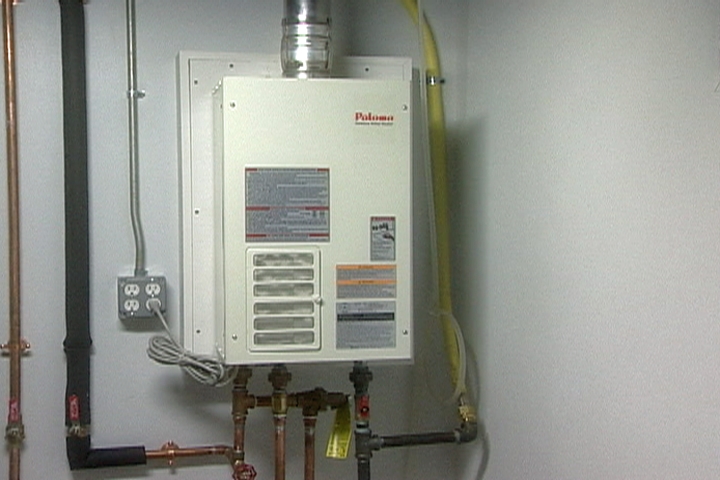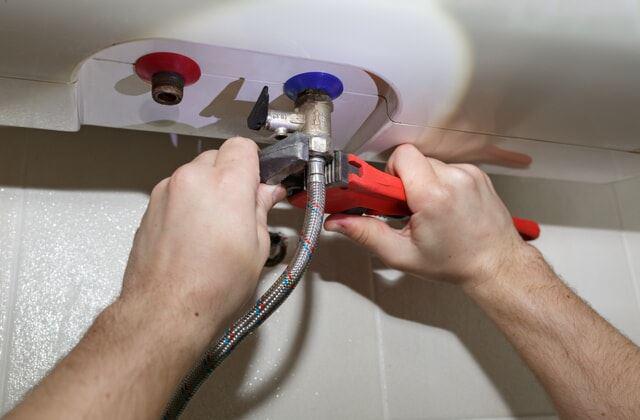Everyone is bound to have his or her own assumption about Tips on Maintaining a Water Heater.

Warm water is vital for day-to-day convenience, whether it's for a refreshing shower or washing dishes. To ensure your hot water system runs effectively and lasts much longer, routine upkeep is crucial. This short article supplies practical pointers and understandings on just how to keep your home's warm water system to prevent disturbances and pricey repairs.
Introduction
Maintaining your home's hot water system may seem complicated, but with a few easy steps, you can ensure it operates smoothly for years to come. This guide covers whatever from comprehending your hot water system to DIY maintenance tips and knowing when to hire expert assistance.
Value of Preserving Your Hot Water System
Regular maintenance not just expands the lifespan of your warm water system yet additionally ensures it runs successfully. Ignoring maintenance can cause reduced effectiveness, higher power costs, and even premature failing of the system.
Signs Your Warm Water System Requirements Maintenance
Knowing when your warm water system requires interest can prevent major issues. Keep an eye out for indications such as inconsistent water temperature level, weird noises from the heater, or corroded water.
Purging the Hot Water Heater
Flushing your hot water heater eliminates sediment build-up, enhancing efficiency and extending its life.
Checking and Changing Anode Rods
Anode poles stop rust inside the tank. Evaluating and replacing them when broken is important.
Complex Concerns Needing Professional Aid
Examples consist of significant leakages, electrical troubles, or if your water heater is consistently underperforming.
Regular Professional Upkeep Advantages
Expert maintenance can consist of comprehensive inspections, tune-ups, and making sure compliance with safety and security standards.
Examining and Adjusting Temperature Level Settings
Changing the temperature level settings makes certain ideal efficiency and security.
DIY Tips for Maintenance
You can do numerous upkeep jobs yourself to keep your warm water system in top condition.
Looking for Leakages
Routinely check pipelines and links for leakages, as these can bring about water damage and greater bills.
Comprehending Your Warm Water System
Before diving into upkeep jobs, it's useful to recognize the basic elements of your warm water system. Generally, this includes the hot water heater itself, pipelines, anode rods, and temperature controls.
Monthly Maintenance Tasks
Routine month-to-month checks can help catch minor problems prior to they escalate.
Checking Stress Alleviation Valves
Testing the pressure relief valve ensures it works correctly and avoids extreme stress build-up.
Shielding Pipes
Insulating hot water pipelines lowers warmth loss and can conserve power.
When to Call a Professional
While do it yourself upkeep is advantageous, some problems require specialist competence.
Final thought
Routine upkeep of your home's warm water system is crucial for efficiency, longevity, and cost financial savings. By adhering to these tips and knowing when to look for specialist help, you can ensure a dependable supply of hot water without unexpected disruptions.
How to Maintain an Instant Hot Water Heater
Before tinkering with your hot water heater, make sure that it’s not powered on. You also have to turn off the main circuit breaker and shut off the main gas line to prevent accidents. Also turn off the water valves connected to your unit to prevent water from flowing into and out of the appliance. 2. When you’re done, you have to detach the purge valves’ caps. These look like the letter “T” and are situated on either side of the water valves. Doing so will release any pressure that has accumulated inside the valves while at the same time avoid hot water from shooting out and burning your skin. 3. When the purge valves’ caps are removed, you have to connect your hosing lines to the valves. Your unit should have come with three hoses but if it didn’t, you can purchase these things from any hardware or home repair shops. You can also get them from retail stores that sell water heating systems. Read the user’s manual and follow it to complete this task properly. When the hosing lines are connected, open the purge port’s valves. 4. You should never use harsh chemical cleaners or solutions when cleaning your unit. Make use of white vinegar instead. It should be undiluted and you’ll probably use about 2 gallons. 5. Now flush your water heater. This task should probably take about 40 minutes. We can’t give you specific directions for this because the procedure is carried out depending on the type, model and brand of your heater. With that being said, refer to the user’s manual. 6. When you’re done draining the unit, you have to turn off the purge port valves again. Remove the hosing lines that you earlier installed on each of the water valves. Put the valve caps (purge port) back in their respective places and be very careful so as not to damage the rubber discs that are found inside these caps. 7. Now that everything’s back in place, check your user’s manual again to find out how to reactivate your water heating system. 8. Once it is working, turn one of your hot water faucets on just to let air pass through the heater’s water supply pipes. Leave the tap on until water flows smoothly out of it. https://www.orrplumbing.com/blog/2014/september/how-to-maintain-an-instant-hot-water-heater/

I have been very serious about Tips on Maintaining a Water Heater and I am assuming you enjoyed the piece. Liked our write-up? Please quickly share it. Let somebody else find it. Thank you so much for going through it.
Visit Url